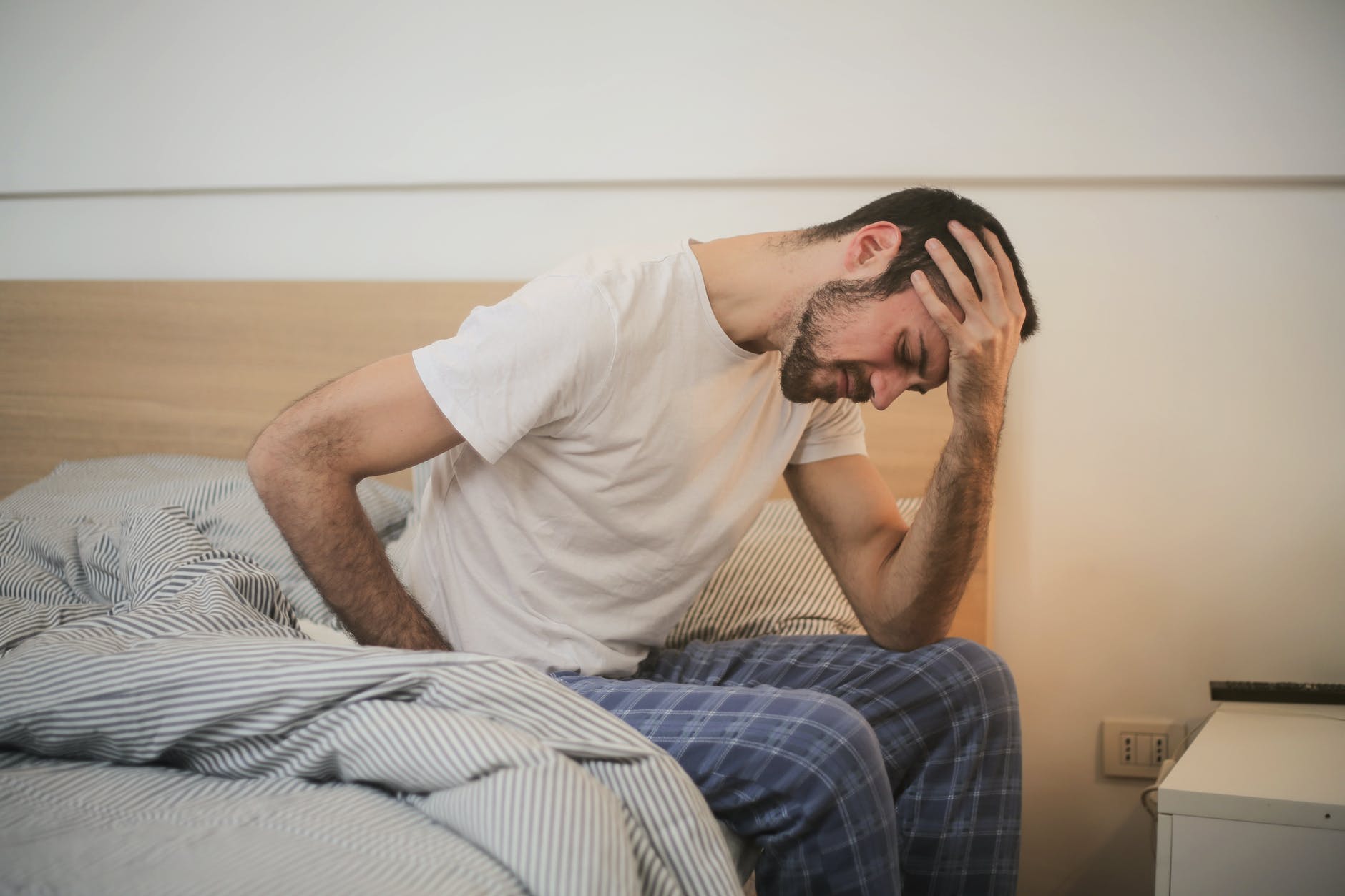
Stress is an ever-present reality in the modern healthcare landscape, affecting both patients and healthcare professionals. The need for effective stress reduction techniques has never been more crucial. In this comprehensive guide, we’ll explore a range of stress reduction strategies that are making a difference in healthcare today.
Understanding Stress in Healthcare
Stress is an unwelcome companion. The pressure to provide quality care, long working hours, and the emotional toll of dealing with patients’ well-being can take a toll on healthcare professionals. Patients, too, experience stress when facing illness or medical procedures. Professional massage tables, often integrated into healthcare environments, play a role in alleviating this stress.
Healthcare professionals bear the weight of immense responsibilities daily. They are tasked with the critical mission of preserving and restoring life. Responsibility combined with long and irregular work hours can quickly add up, leading to high stress levels. Stress manifests itself through burnout, fatigue or compassion fatigue – when caring for others takes its toll emotionally.
Patient-Centered Stress Reduction
Patients are at the core of healthcare, so prioritizing their comfort and well-being must be top of mind. Stress relief techniques tailored towards patients include meditation, aromatherapy, and music therapy. Creating a soothing environment in healthcare facilities, complete with comfortable furniture, contributes significantly to reducing patient stress.
Imagine a patient awaiting a medical procedure. Anxiety and stress may be running high. In such moments, a calm and serene environment can make all the difference. The soft hues on the walls, the gentle play of natural light, and the reassuring presence of comfortable furniture all play their part.
The use of holistic approaches in patient care is gaining momentum. No longer is healing only focused on physical ailments but now encompasses emotional and psychological well-being as well. Holistic therapies like aromatherapy and soothing music are being integrated into patient experiences to foster relaxation and healing.
Staff Well-Being: A Priority
Healthcare workers, the backbone of the industry, also need support to manage their stress levels effectively. Stress management programs and initiatives are gaining traction in healthcare institutions. These programs focus on the mental well-being of healthcare professionals and provide them with tools to cope with stress. Ergonomic furniture subtly supports the physical well-being of staff.
Healthcare professionals play an essential role in both their own well-being and that of the patients they provide care to, so institutions have recognized its significance by taking measures to help combat stressors encountered by staff members. These stress management programs offer valuable resources, including counseling and stress-relief techniques, to help healthcare professionals navigate the challenging terrain of their profession.
Mindful Design for Stress Reduction
Healthcare facility design plays a more significant role than you might think in stress reduction. Calming color palettes, abundant natural lighting, and comfortable seating can make a significant difference. The choice of furniture contributes to creating a stress-free atmosphere, even though it’s not always at the forefront of the discussion.
Imagine walking into a healthcare facility flooded with natural light, where the soft colors on the walls impart a sense of tranquility. You notice the comfortable seating arrangements that beckon you to relax. It’s a subtle yet powerful message that this is a place of healing and comfort.
Facility designers are increasingly attuned to the impact of aesthetics on patient and staff well-being. They understand that a well-designed space can alleviate stress and anxiety. The subtle touches, like the choice of furniture, are carefully considered to create an environment conducive to healing.
Maintaining Optimal Hydration to Alleviate Stress
Recognizing the interconnectedness of physical well-being and stress management, maintaining proper hydration levels is crucial. Adequate hydration contributes to overall health and can play a significant role in stress reduction. It’s essential to explore alternative methods to stay hydrated, such as intravenous (IV) therapies like Myers IV in Chicago or any location near you. These innovative approaches not only replenish essential fluids but also provide a holistic approach to wellness by addressing specific health needs. Consideration of hydration practices alongside other holistic approaches can enhance the overall effectiveness of stress reduction strategies.
Incorporating Holistic Wellness
The integration of holistic wellness practices into healthcare is a trend worth noting. Holistic approaches, such as massage therapy, offer holistic stress reduction benefits. Professional massage therapists often utilize specially designed professional massage tables to provide comfort to patients while reducing stress. These tables support massage therapy sessions that promote relaxation and well-being.
The practice of massage therapy has evolved significantly in healthcare. Beyond its traditional role in relaxation, it’s now recognized for its therapeutic benefits. Patients undergoing physical therapy or those recovering from surgeries often find relief through massage therapy sessions. The use of specialized equipment ensures that patients are comfortable during these sessions.
Finally
Stress reduction should not be seen as an unnecessary luxury; both patients and healthcare providers benefit from taking an integrated approach to its management. By including patient-centered stress-reduction techniques, prioritizing staff wellness initiatives, and designing spaces without unnecessary distractions – healthcare facilities can create environments in which stress takes second place to heal rather than vice versa. It’s not about equipment alone but the overall approach that matters.